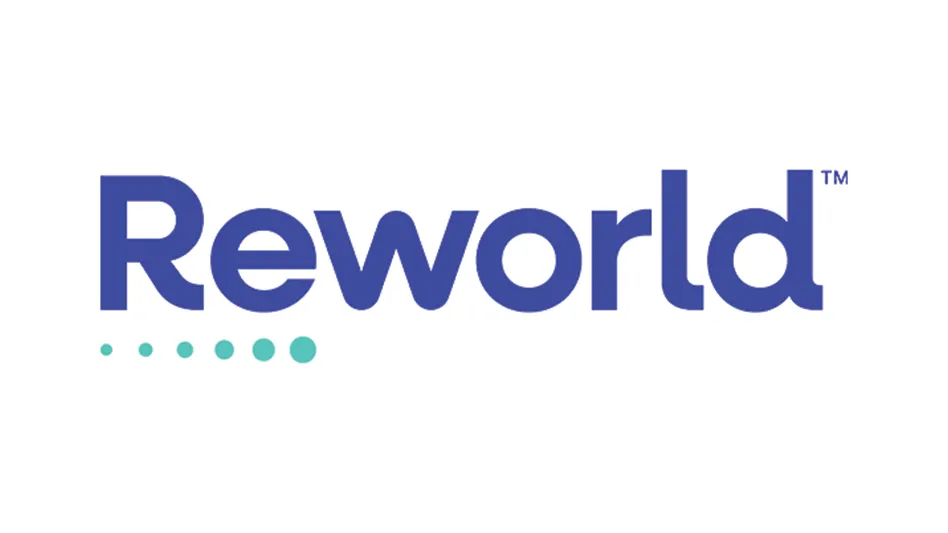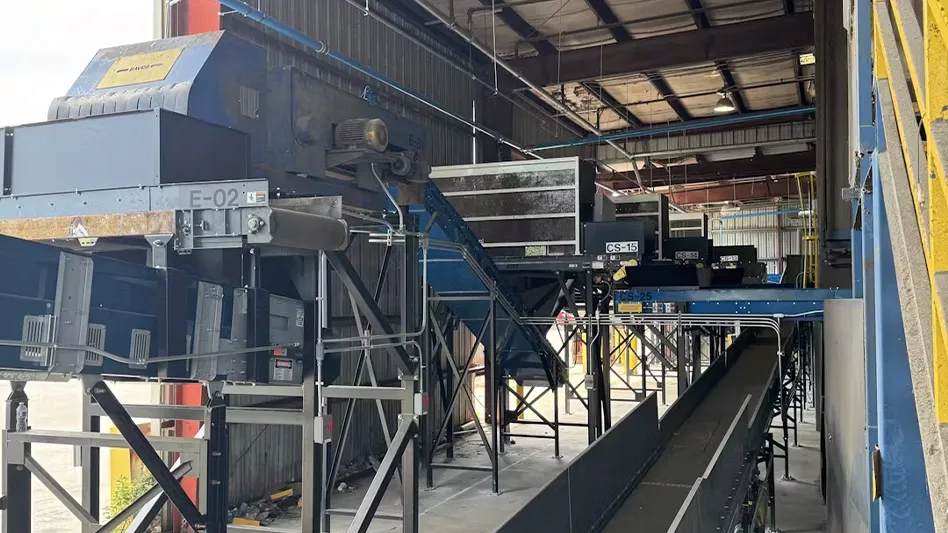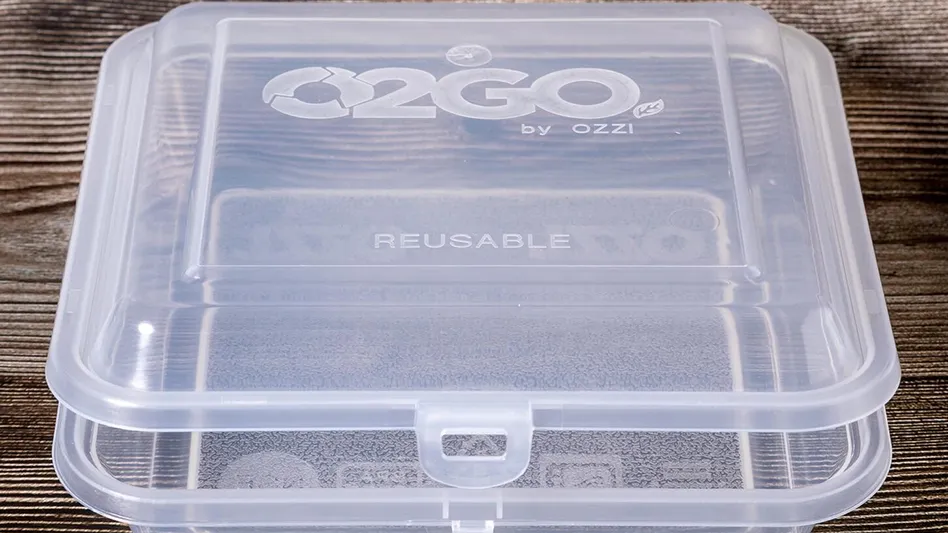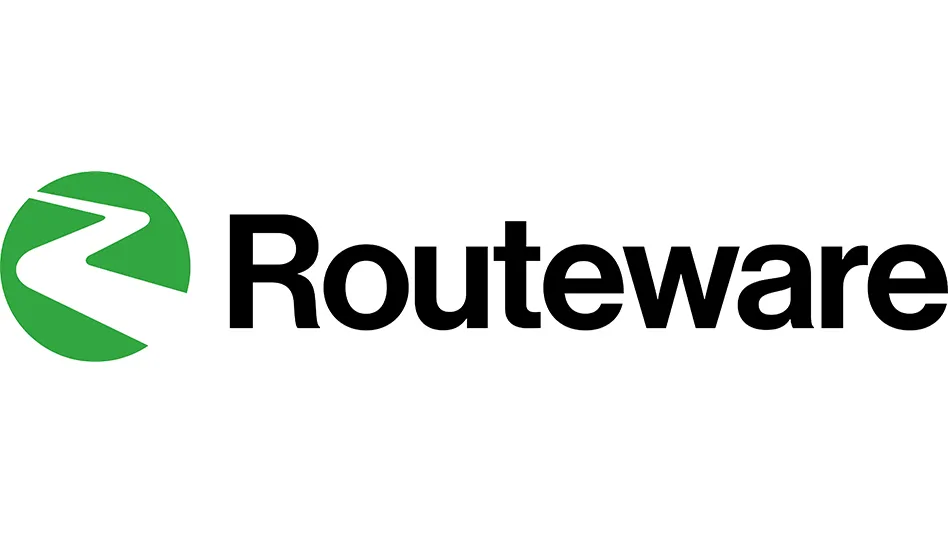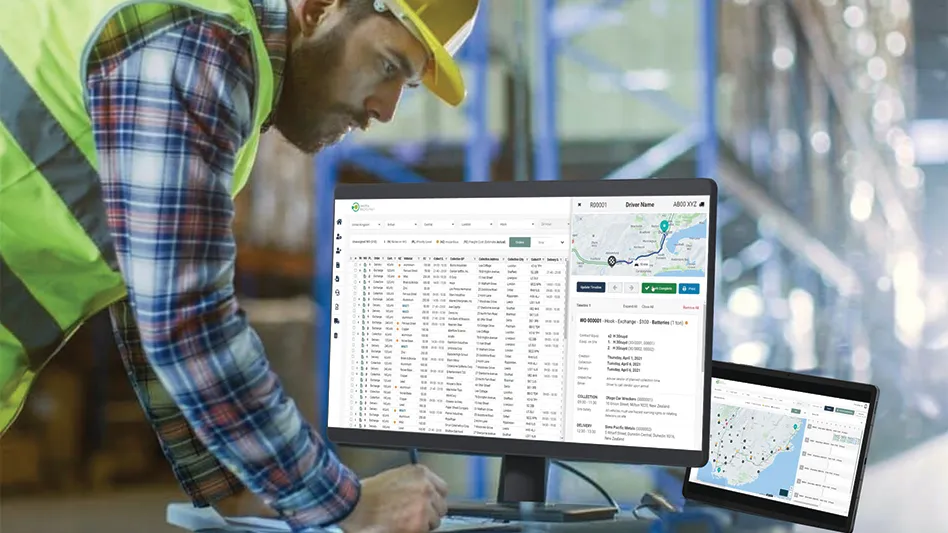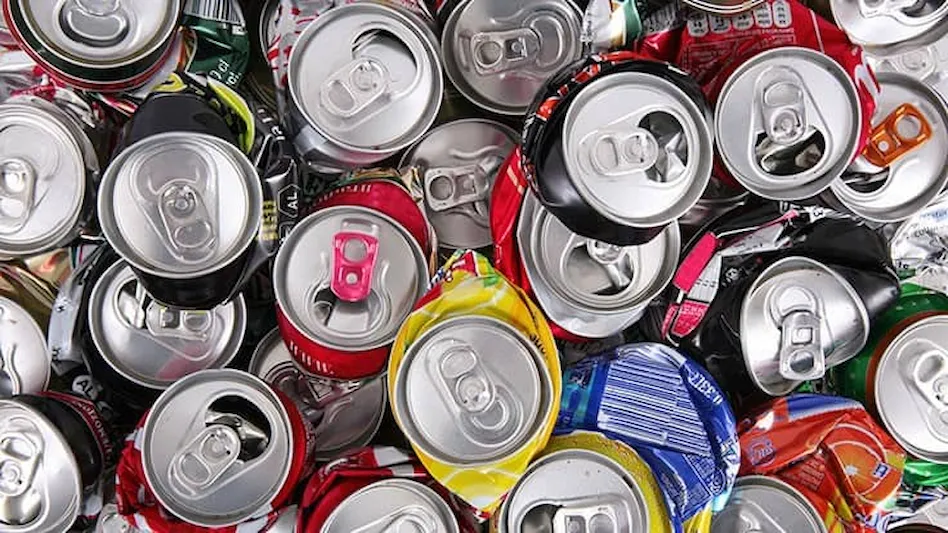
© Photobeps / stock.adobe.com

Before the pandemic, aluminum scrap in the U.S. was characterized by a supply imbalance that favored the consuming sector. While the availability of certain scrap grades has been affected by the pandemic, that appears to be matched by reduced demand in most cases. However, a number of factors are contributing to uncertainty that is clouding the outlook for the metal heading into the second half of the year, including the ongoing COVID-19 pandemic, geopolitics and tariffs.
“Overall sentiment is subdued among many market participants,” says Pittsburgh-based Christopher Davis, regional pricing director, metals – Americas, for S&P Global Platts. “There is some optimism among some market participants for the second half.”
While Chad Kripke, a trader with the brokerage firm Kripke Enterprises Inc. (KEI), Toledo, Ohio, says, “The fourth quarter is not typically a blockbuster” for aluminum scrap sales, he adds that aluminum producers and manufacturers might have some making up to do in terms of production if the economy continues to strengthen following the pandemic-related recession lows.
Reduced flow
Aluminum scrap generation took a hit in April and May because of pandemic-related measures that temporarily halted a considerable number of manufacturing operations. Some scrap processors and traders estimated that flows were off by as much as 70 percent in April and May. Additionally, many scrap yards also closed their retail scrap operations during those months, which affected the flow of obsolete material into their yards.
Joel Fogel, vice president of nonferrous for scrap processing company Cohen, Middletown, Ohio, says aluminum scrap generation has rebounded from the lows seen earlier in the pandemic, though it still has not returned to normal. He estimates scrap generation to be 85 percent of pre-COVID scrap flows.
“Automotive was hit especially hard,” Davis says, adding that the sector accounts for 22 percent of domestic aluminum demand. According to S&P Global Platts’ research, roughly 33,000 vehicles were not being manufactured per day because of the pandemic-related shutdowns, he says.
While Kripke says the automotive industry is coming back as of early August, he estimates that production stands at 75 percent of capacity.
The automotive manufacturing curtailment hit secondary aluminum producers especially hard, Davis says. “When the pandemic hit in March, large secondaries cut their output by 50 percent.”
Secondary smelters’ appetites are “not that voracious” as of early August, Kripke says. These buyers also have a hard time keeping pace with London Metal Exchange (LME) prices, Kripke says, as ingot prices have not moved that much in response to improved demand.
While not back to prepandemic levels, the automotive sector is still faring better than the aerospace sector, which Kripke describes as “absolutely dead.”
General manufacturing, however, also has strengthened. “Those making stuff with common alloys, the flows are strong,” he says.
Growing can demand
Aluminum can production presented a bright spot during the depth of the pandemic, as consumption shifted from fountain drinks and draft beer at restaurants and bars to canned beverages at home. Aluminum can users ranging from craft breweries to global soft drink producers have experienced difficulties sourcing cans to meet increasing demand for their products in response to the pandemic. This is despite attempts by can manufacturers to meet the surging demand.
“The aluminum beverage can manufacturing industry has seen unprecedented demand for our environmentally friendly container prior to and during the COVID-19 pandemic,” according to a statement from the Can Manufacturers Institute (CMI), Washington. “Most new beverages are coming to market in cans, and long-standing customers are moving away from plastic bottles and other packaging substrates to aluminum cans due to environmental concerns. These brands are enjoying the many benefits of the aluminum can, which has the highest recycling rate among all beverage packaging”
The CMI statement continues, “One indication of the demand for aluminum beverage cans is found in National Beer Wholesalers Association and Fintech OneSource retail sales data that shows cans have gained seven market share points in the beer market versus other substrates due to the consequences of the COVID-19 ‘on premise’ shutdowns.”
CMI President Robert Budway says the aluminum can’s share of the beer and hard seltzer market grew from 60 to 67 percent during the first quarter of the year. The can’s share of the overall market grew by 8 percent through March of this year, he says, though the pandemic further accelerated that growth in the second quarter.
Budway says that while can manufacturers have capacity expansions underway, they did not plan for the additional demand created by the pandemic. “We are making more cans than ever,” he says.
Budway says CMI’s members are building at least three new plants in response to growing demand for their products, though this announced capacity is expected to take 12 to 18 months before it is online. He adds that one member has accelerated its project timeline, while some CMI members are adding new lines to existing plants, and others are making enhancements to productivity.
This increased demand for can sheet was met by reduced used beverage can (UBC) supplies, particularly in the 10 states with redemption programs. “That left a huge hole” in supply, Kripke says.
Better balance appeared to be returning to the can market as of late summer. “We’re hearing that the mills seem to be more comfortable with their flow now,” Davis says. “None are stretching anymore on price, and spreads seem to have slipped back to pre-COVID days. Now that deposit states are back open, cans are flowing better, and sources are not eyeing much more of a shortage now.”
Shifts in destinations and timetables
Primary mills that make can sheet are not the only scrap consumers in the market. Billet producers also are in search of scrap, which Davis says is leading to a “tighter scrap situation.”
He adds that billet makers “are eating up the higher grade 5000- and 6000-series scrap and moving down the food chain to use up some of the grades the secondary producers use, such as high-grade auto shreds and painted siding.”
Davis says billet makers are using 50 percent recycled content compared with the 20 percent or 30 percent they historically have used. These products tend to be branded low-carbon and recycled-content aluminum and are designed in part to appeal to architects and contractors trying to earn LEED (Leadership in Energy and Environmental Design) green building points.
For example, Alcoa’s Ecodura aluminum billets are “made with a minimum of 50 percent recycled content, lowering energy usage by 95 percent,” according to the company.
Kripke notes tightness in extrusions, as domestic and overseas consumers have been in the market for this material.
“In the height of the pandemic, export was pretty strong,” he says. “We were seeing a lot of units going on the water away from the domestic market.”
However, with the increase in the Midwest premium as domestic manufacturing has regained strength, he says overseas buyers will be less competitive on price as they typically follow the LME. Therefore, he says he expects to see some segregated alloys heading overseas, but mostly secondary grades like old sheet and contaminated extrusions.
While Fogel describes mill demand as “decent,” he adds, “Supply is coming back faster than mill demand is,” with few buyers looking for prompt deliveries.
Kripke says he has taken some prompt orders from domestic consumers, but some others are purchasing material in August for delivery in October. “Some are undergoing construction and maintenance. Some have been negatively affected by demand.”
In his experience, however, the average delivery window is 30 days.
As traders prepare for 2021 contracting season, which is typically in September, Fogel says he expects consumers to enter into smaller contracts in regard to volumes and time frames because of the uncertainty related to the pandemic. He adds that mills are trying to figure out where their volumes are going to be, which is “very hard to predict.”
Kripke says consumers of certain grades of aluminum, such as those used by the aerospace industry, “are not going to come to the table very strong” for 2021 contract buying based on the blurry demand picture before them.
He says he thinks competition will be stronger among extruders for contract sales. “Those order books look strong.”
Kripke says spreads on extrusions and other segregated alloys are tight, despite the market improving, which he says should have widened them. “Mills will get oversupplied and widen spreads, or secondaries will pay to get some of those units. They are sweeter items for the secondaries, and they will need some.”
Looking longer term, Kripke expresses concern about the consolidation that has occurred in the aluminum sector. “We have a lack of domestic markets in the U.S. on the mill and secondary side,” he says. “It definitely shrinks the competitive landscape.”
He mentions the Novelis purchase of Aleris as well as the prominence of Real Alloy, which he says comprises 75 percent of domestic smelting capacity. “We have a lot of eggs in one basket.”
Tariffs and geopolitics
Tariffs and geopolitics also are contributing to the uncertainty in the aluminum sector, Kripke says.
Davis says that while it has been hard to predict the administration’s trade policy, the market had assumed the Section 232 tariffs would be reimposed on Canadian aluminum, which placed upward pressure on pricing. In mid-August, President Trump did reinstate the 10 percent tariff on imports of P1020 from Canada.
Tom Dobbins, president and CEO of the Aluminum Association, Washington, which represents U.S. and foreign-based primary producers of aluminum, aluminum recyclers and producers of fabricated products and industry suppliers, issued a statement responding to the decision to reimpose the tariffs on P1020 aluminum from Canada:
“We’re incredibly disappointed that the administration failed to listen to the vast majority of domestic aluminum companies and users by reinstating Section 232 tariffs on Canadian aluminum. After years of complex negotiations and hard work by government, industry and other leaders across North America to make the U.S.-Mexico-Canada Agreement (USMCA) a reality, this ill-advised action on a key trading partner undermines the deal’s benefits at a time when U.S. businesses and consumers can least afford it.”
Dobbins adds that while the association understands the action is meant to help the domestic aluminum industry, “the volatility of implementing, removing and then reimposing trade barriers threatens U.S. growth and investment at a time when domestic demand is already down nearly 25 percent year to date.”
He adds that assessing tariffs on Canadian aluminum imports fails to address “the underlying issue of China’s overcapacity and makes U.S. aluminum companies less competitive when trying to sell their goods to industrial customers across North America.”
Speaking of China, nonferrous scrap trade with that country has been restricted by its quota system for these imports. China originally had announced that it would allow high-quality nonferrous scrap imports without quota limits as of July 1, but that deadline was not met, and a new registration process was announced in early August. The China Nonferrous Metals Industry Association Recycling Metal Branch (CMRA), based in Beijing, notified overseas traders that they had until Sept. 3 to apply for what the CMRA calls a no-cost qualification certificate to ship high-grade aluminum and copper scrap grades to China under the new system.
The requested information involves paper and electronic forms and appears similar to the type and quantity of information overseas companies have submitted for General Administration of Quality Supervision, Inspection and Quarantine (AQSIQ) licensing under the prior import system. (See the Nonferrous Department for more information on this registration process.)
Regarding timing for the process, CMRA states, “The application time for qualification accreditation is within 20 working days from Aug. 14 (subject to the time of express delivery). The Qualification Accreditation Office shall coordinate and organize the review committee to complete the written review and on-site inspection within 50 working days after the notice is issued.”
This announcement from the CMRA could help to offer some reassurance to North American-based shippers of aluminum scrap at a time when certainty is difficult to come by.

Explore the September 2020 Issue
Check out more from this issue and find you next story to read.
Latest from Recycling Today
- Cyclic Materials expands leadership team
- Paper cup acceptance at US mills reaches new milestone
- EPA announces $3B to replace lead service lines
- AMCS showcasing Performance Sustainability Suite at WasteExpo
- New Way and Hyzon unveil first hydrogen fuel cell refuse truck
- Origin Materials introduces tethered PET beverage cap
- Rubicon selling fleet technology business, issuing preferred equity to Rodina Capital
- Machinex to feature virtual tour of Rumpke MRF at WasteExpo
